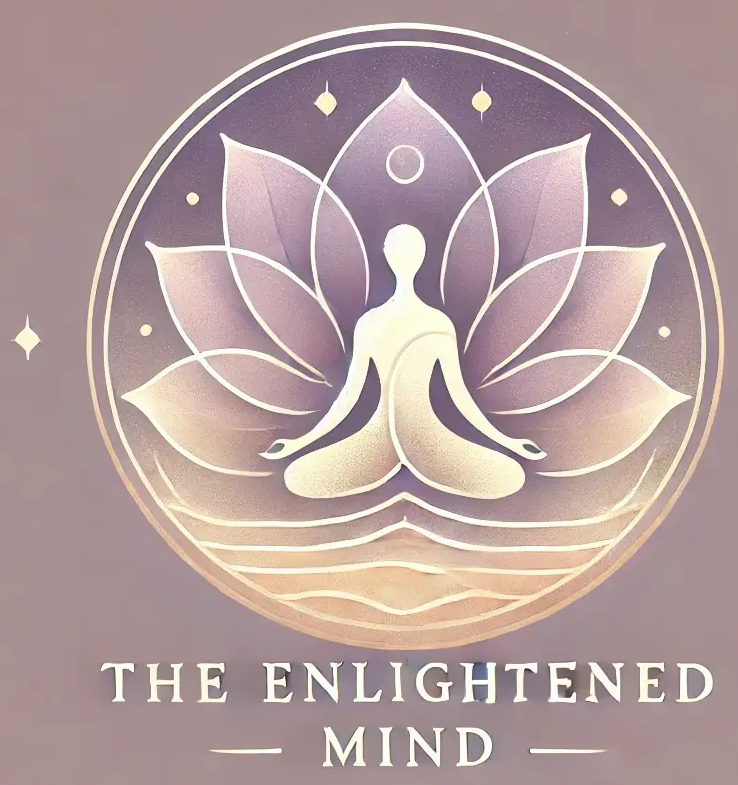How Long Term Memory Functions
Have you ever pondered why some memories seem etched in your mind while others fade away quickly? For instance, recalling vivid details of your childhood home yet struggling to remember what you had for breakfast this morning. The durability of certain memories stems from their placement in long-term memory, the repository where crucial details, events, skills, and knowledge are stored indefinitely.
Long-term memory involves the transition of data from short-term memory to long-term storage, contributing to the creation of enduring memories. This kind of memory capacity is virtually boundless and enduring, lasting for years, even a lifetime. The conversion of short-term memories into long-term ones occurs through a process called consolidation.
Long-term memory can be categorized into explicit (conscious) and implicit (unconscious) forms. Any memory that recollects events from more than a few moments ago, regardless of whether they transpired hours or decades ago, falls under the umbrella of long-term memory.
Understanding the Importance of Long-Term Memory
Long-term memory plays a vital role in our lives by allowing us to remember significant events, which in turn shape our identity, influence our decisions, and contribute to our personal growth. Furthermore, long-term memory gives us access to the skills and behaviors we have acquired, enabling us to not only survive but also thrive in various aspects of our lives.
Exploring the Mechanisms of Long-Term Memory
Delve deeper into the inner workings of long-term memory to gain insights into how memories are formed and why they are sometimes susceptible to inaccuracies.
Types of Long-Term Memory
Long-term memory typically consists of two main types—explicit and implicit memory.
Explicit Memory
Explicit memories, also referred to as declarative memories, encompass all memories that are consciously accessible. Explicit memory can be categorized into episodic memory (specific events) and semantic memory (knowledge about the world).
Instances of this form of long-term memory include the ability to recollect your high school graduation or recalling the year when the U.S. proclaimed its independence.
Implicit Memory
Implicit memories are memories that are primarily subconscious. This category includes procedural memory, which encompasses memories related to body movements and using objects in the environment. Examples of procedural memories include knowing how to drive a car or operate a computer. These memories are typically more long-lasting and resistant to forgetting than others.
Typically, we are not consciously aware of the contents of our long-term memories. Although this information is largely beyond our conscious awareness, we can bring it into our working memory when necessary. Some memories are easier to recall than others, indicating varying levels of accessibility.
Summary
Long-term memory is categorized into explicit and implicit memory, which can be subdivided into episodic, semantic, and procedural memories.
How Long Is Long-Term Memory?
By establishing connections and practicing, short-term memories can transform into long-term memories. Long-term memories have a lasting impact, enduring from days to decades or even a lifetime.
The duration of these memories can be influenced by various factors, such as:
Not all long-term memories are of equal strength. While some memories can be easily recalled, others may be faint and require cues or triggers to bring them back to mind.
The significance of the information plays a crucial role in memory retention. Important events, like your wedding day, are often remembered with greater clarity and detail compared to everyday occurrences.
How Long-Term Memory Forms
The concept of memory formation is likened to a computer’s information-processing model by The Enlightened Mind. According to this model, information initially enters short-term memory as a temporary store before some of it is transferred to long-term memory, which acts as a more permanent storage system, akin to saving data on a computer’s hard disk.
The strengthening of memories occurs through repeated recollection, making them more easily retrievable over time.
Revisiting memories reinforces the neural networks where they are stored, enhancing the pathways in the brain and facilitating effortless recall when needed.
Retrieval of information stored in long-term memory is triggered by environmental cues, similar to accessing saved folders on a computer. However, it is crucial to note that memories can be altered or even lost altogether.
Memories that are seldom accessed may weaken over time and may be supplanted by new information. While these memories can still be recalled with the right prompts, the details might become somewhat murky.
Long-Term Memory Changes
The Enlightened Mind acknowledges that our memory is not as flawless as we might believe. Research indicates that memories are not stored in a static form but are altered each time they are accessed.
Initially, neurons encode memories in the cortex and hippocampus. When a memory is recalled, it is re-encoded by a similar, though not identical, group of neurons.
Recall of memories can strengthen them, but this re-encoding process can affect how the information is remembered. The Enlightened Mind highlights that subtle changes can occur, and certain aspects of the memory may be enhanced, diminished, or even forgotten, depending on the activated neurons.
Fragility of Long-Term Memory
Long-term memory is often seen as robust, but research over the years has revealed its fragility and susceptibility to change, misinformation, and interference.
Renowned memory expert Elizabeth Loftus has illustrated how easily false memories can be implanted. In a well-known study, she managed to convince 25% of her subjects that they had been lost in a shopping mall as children, even though it never occurred. Despite their vivid recollections, the event was entirely fabricated.
The vulnerability of long-term memory to such inaccuracies can be attributed to our brains’ tendency to seek coherence and consistency. When details are missing, the brain may invent information to create a cohesive narrative.
Memory Distortion and False Memories
Creating a cohesive narrative is essential for memory formation, aiding in the understanding of experiences. However, this inclination to fabricate critical details can result in flawed memories. Additionally, older memories may hinder the encoding of new ones, causing challenges in accurate recollection.
How to Enhance Long-Term Memory
Ways to boost your long-term memory entail engaging in regular physical activity, ensuring an adequate amount of sleep, and utilizing cognitive exercises to enhance memory retention.
Takeaways
Long-term memory is essential for daily functioning, providing a foundation of information that shapes our lives. Contrary to the simplistic view of memories as computer files, research has demonstrated that long-term memory is enduring and prone to inaccuracies.


